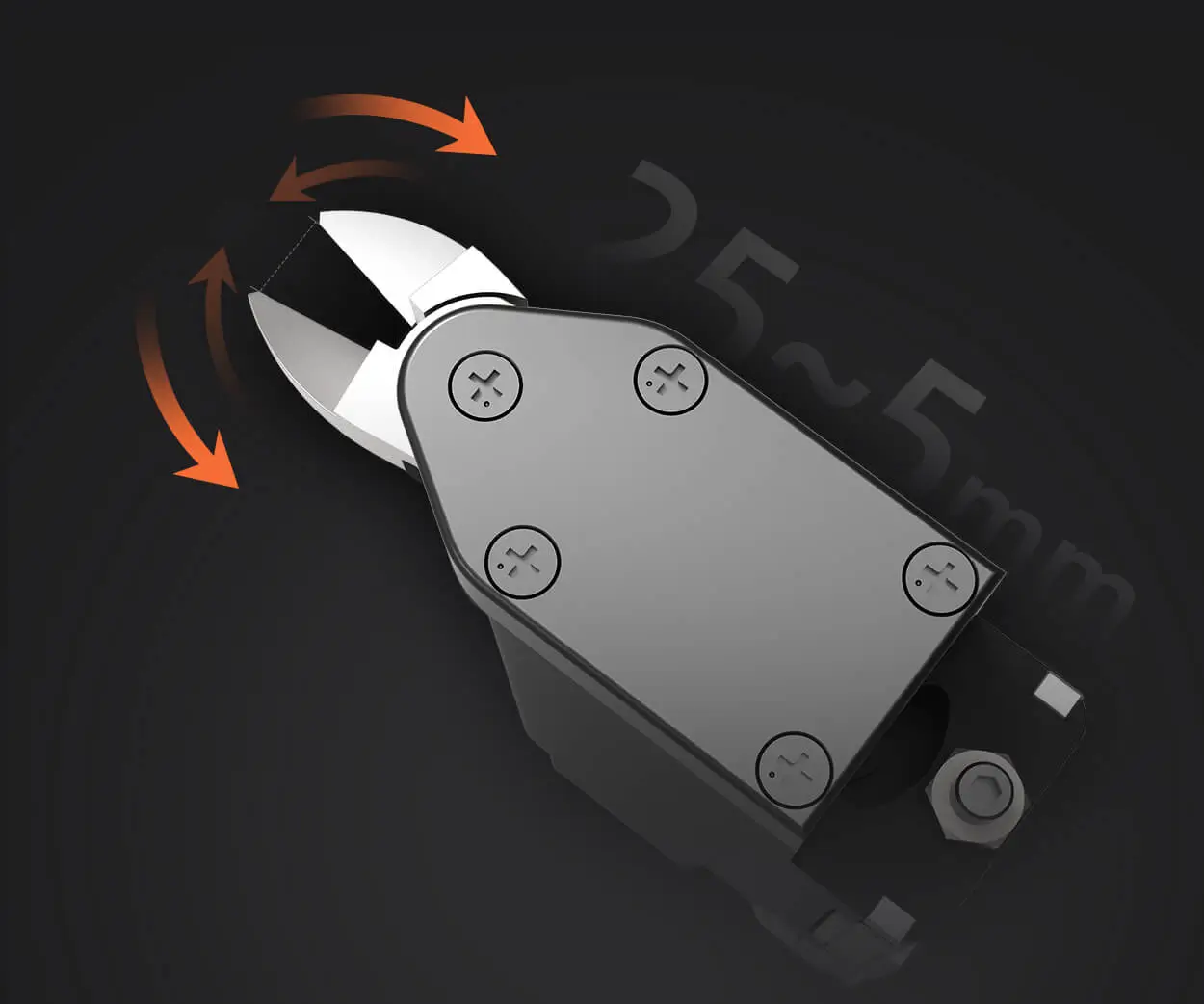Ever had a moment when your entire microservices ecosystem felt like walking on thin ice? One second everything’s smooth, and the next, a cascade of failures spirals out of control. That’s where implementing a circuit breaker can be a game-changer—literally saving your system from total meltdown.

Picture this: you're running a bustling e-commerce platform with dozens of interconnected services—inventory, payment processing, order fulfillment. Suppose your payment gateway starts acting up. Without a circuit breaker in place, every order could grind to a halt as the system keeps trying, waiting for a response that might never come. That stress spreads, affecting the entire infrastructure. It’s like a chain reaction of failures. But with a circuit breaker? It detects these hiccups early, trips the faulty service temporarily, and keeps the rest of the system humming along. Customers get a graceful timeout message instead of a full-page error.
That’s the beauty of implementing circuit breakers—they add resilience. When a microservice fails or is slow, the circuit breaker opens, preventing overwhelming calls, and gives the system breathing room. Once things stabilize, it closes back, checking if the service is healthy again. This dynamic keeps servers available and user experience intact, even in rough patches.
You might wonder, how do you decide when to trigger the breaker? What thresholds are right? Well, it’s about balancing sensitivity and patience—setting clear limits on failure rates and response times. Too sensitive, and it’ll trip too often; too lenient, and the failures could cause chaos. That fine-tuning makes a real difference. Plus, monitoring tools can tell you exactly when and why breakers open—helping you spot trends and act proactively.
Imagine a scenario: your microservices get hammered during high traffic, some endpoints slow down or timeout. Without a circuit breaker, failures snowball, and your user satisfaction drops. With one? It isolates the problem, trims the damage, and keeps most of your system running smoothly. You’re providing a more reliable experience, which builds trust in your brand.
Alright, so why is this a must-have? Because nobody wants to be the company with a website that crashes during a flash sale. Implementing a circuit breaker isn’t just about tech—it’s about customer retention, uptime, and peace of mind. It’s about being ready for the unexpected, not hoping it doesn’t happen.
You probably already know the feeling—working late into the night, trying to troubleshoot a server that’s been flickering all day. A smart circuit breaker implementation can turn that nightmare into a manageable blip on the radar. It’s like installing a safety net beneath your tightrope walk—you might stumble, but you’ll land safely.
So, embracing circuit breakers in your microservices architecture? That’s not just a technical decision; it’s a strategic move. It anchors your system against chaos, keeps users happy, and gets you through the storm. Do you want your microservices to be fragile or resilient? That choice is clear.
Established in 2005, Kpower has been dedicated to a professional compact motion unit manufacturer, headquartered in Dongguan, Guangdong Province, China. Leveraging innovations in modular drive technology, Kpower integrates high-performance motors, precision reducers, and multi-protocol control systems to provide efficient and customized smart drive system solutions. Kpower has delivered professional drive system solutions to over 500 enterprise clients globally with products covering various fields such as Smart Home Systems, Automatic Electronics, Robotics, Precision Agriculture, Drones, and Industrial Automation.




































